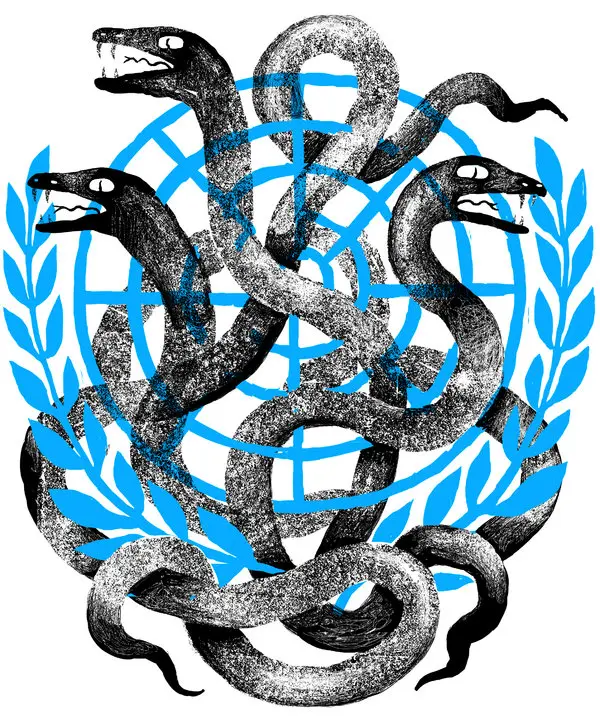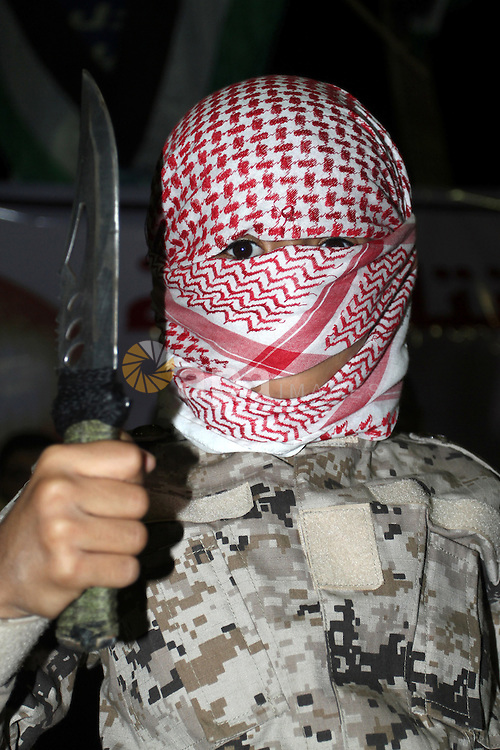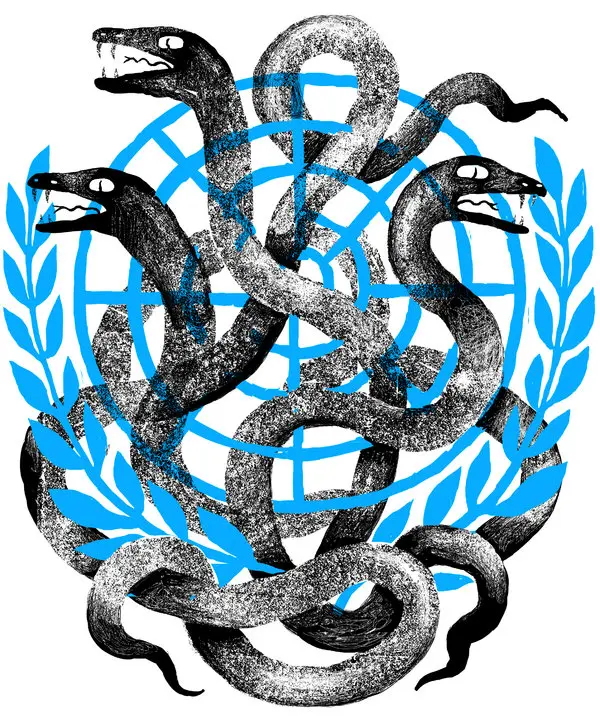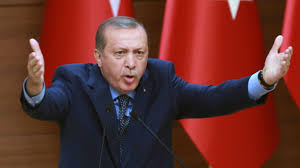You can read why here.


You can read why here.

We have Tucker Carlson to thank for creating some long-needed pan-partisan unity of late. To read how he managed that, please click here.

From its opening words through many of the parsha’s laws and instructions, Eretz Yisrael is central: Bikkurim, maasros, the settings-up of the Torah-inscribed stones, the brachos and klalos on Har Grizim and Har Eival. The brachos that precede the tochachah are “on the land that Hashem swore to your forefathers, to give you” (Devarim 28:11), and exile from the land is part of the tochachah.
Yet, even as Moshe speaks about Eretz Yisrael, he adds: “Pay attention and listen, Yisrael! This day, you have become a people to Hashem, your G-d” (27:9).
A people. This day.
Comments Rav Shamshon Refael Hirsch:
“Today, before you get the impending possession of the Land, the possession of the Torah is what makes you into a nation. You can lose the land, as indeed you may, but the Torah, and your everlasting duty to it, remains your everlasting unloseable bond which united you as a nation.
“This fundamental fact, deeply buried in Yisrael’s being, differentiates it sharply from that way all other nations have been formed, the secret of the national immortality of the Jews, with all the consequences for Israel’s future that are attached to it.”
That echoes Rav Saadia Gaon’s declaration: “Our nation is only a nation through its Torah.”
It’s a timely thought, when the Jewish presence in Eretz Yisrael is threatened from multiple directions. A merit for preserving the safety and security of Klal Yisrael in Eretz Yisrael lies in commitment to what makes us a nation.
Rav Levi Yitzchok of Berditchev noted how the assurance that “the peoples of the earth… will fear you” (Devarim 28:10), which R’ Eliezer Hagadol ties to our wearing “tefillin shebirosh” (Berachos 6a), doesn’t seem to work.
He explained that shebirosh isn’t the same as al harosh. It isn’t the fact of wearing tefillin that protects us from our enemies. It is our internalization of the words and message that inhabits the tefillin. It has to penetrate “into our heads.”
© 2024 Rabbi Avi Shafran

A piece I wrote about the U.N.’s sad decline (and worse) is here.

Killing takes a toll – on the killed, of course; that’s pretty obvious. But also on the killers.
That is something that the Ohr Hachaim introduces in his commentary on the pasuk “And He will give you mercy and have mercy upon you” (Devarim, 13:18).
That “give you mercy” is his focus. He writes:
“This act of killing [here of the idolaters of an ir hanidachas] creates a natural cruelty in the heart of a person.”
He continues by referring to what “we are told by the sect of Yishmaelim who murder at the command of the leader, that they experience a great euphoria when they kill a man, and the natural feeling of pity is extinguished in them…”
Therefore, he explains, “Hashem assures the Jews that [after their commanded act of killing], their innate feelings of mercy… will be returned to them anew” despite their having been weakened through the act of killing.
And, further, that they will thereby be granted Heavenly mercy themselves, since “Hashem has mercy only on the merciful.”
Modern psychiatry recognizes something called “perpetrator trauma,” a presentation of post-traumatic stress disorder (PTSD) symptoms caused by an act or acts of killing.
But what the Ohr Hachaim is expounding upon is a different upshot of perpetrating violence: the erosion of the natural human instinct of mercy.
And his report about not only the post-murder desensitization of assassins (the word “assassin,” as it happens, derived from an Arabic name for the reputedly murderous Nizari Ismaili sect) but of their being enthralled by taking lives resonates all too strongly today, when we have seen Yishmaeli murderers exulting after killing men, women and children. Even the mere imagining of murdering Jews is enough to enrapture some, as they joyfully and mindlessly chant their hope to rid the Holy Land of Jews “from the river to the sea.”
© 2024 Rabbi Avi Shafran

The omission of any mention of Israeli victims of terrorism from an International Day of Remembrance of and Tribute to the Victims of Terrorism display at the visitors’ hall of United Nations headquarters is nothing short of despicable.
The U.N. informs us that “Acts of terrorism propagating a wide-range of hateful ideologies continue to injure, harm and kill thousands of innocent people each year,” and that the international body “has an important role in supporting Member States to implement the UN Global Counter-Terrorism Strategy by standing in solidarity and providing support to victims of terrorism.”
And, indeed, the visitors’ welcome area’s display of large photographs of such victims includes tributes to victims of 9/11 and of terrorist attacks in Boston, Indonesia and Kenya, among other places.
Conspicuously missing, though, is any mention of the countless Jewish victims of Islamist terror over so many years. And this, less than a year since the October 7 Hamas attack on Israelis, the most deadly attack on Jews since the Holocaust.
Many have long judged the U.N. as a hypocritical, corrupt and useless institution. Ample evidence for that contention is displayed at the U.N. today.

Turkish president Recep Tayyip Erdoğan recently threatened to attack Israel. And slapped a child for not kissing his hand. Read about both here.

For an assortment of reasons, former President Trump enjoys broad support among Orthodox Jewish Americans. He also, though, enjoys the support of some very unsavory characters. To his credit, one of them, although she denies it, was jettisoned as a featured guest at a recent fundraiser. Unfortunately, her replacement has problems of his own.
To read about what I mean, please click here.

There’s a question that begs to be asked at the very start of the parsha, about Balak’s determination to curse the Jews: Why?
I don’t mean what motivated him. That is clear in the Torah’s text:
“And now, please come and curse this nation for me, for it is too mighty for me, perhaps it will enable us to strike at him, and banish them from the land; for I know, that whomever you bless is blessed, and whomever you curse is cursed.” (Bamidbar 22:6).
Why, though, not ask for that blessing rather than that curse? Why not just ask the sorcerer for an assurance of victory in warring with the Jewish nomad nation?
The question, though, is its own answer. Nations are motivated by self-interest; their enemies are simply those who stand in their way. But when it comes to those who see Jews as adversaries, self interest isn’t the first priority; cursing Jews is. Their foremost desire is not to enhance their own welfare but to deride and attack the object of their irrational hatred.
To take a current example, were it not for such paramount animus, there would have long been a thriving Palestinian state. In 1947, in 2000 and in 2020, Arab leaders opted not for blessings but for curses against Jews, even though it deprived them of peace and prosperity
Chants across the globe of “Death to Israel” are commonplace. Cognoscenti know well what “From the river to the sea…” really means, and it’s not peaceful coexistence with Jews. To Iran’s Führer, Ali Khamenei, Israel is a “cancerous tumor” and its leaders “untouchable rabid dogs.”
Maledictions against Israel are regularly hissed from the snake den of Middle-Eastern terrorist groups. Part of the Houthis’ slogan is “Death to Israel, Curse on the Jews.”
In imams’ sermons, Muslim children’s lessons and high school textbooks, calls for the destruction of the state that Jews founded in 1948 are regular menu items. Poisonous entrées.
In the end, though, cursing Jews today won’t work, any more than those planned by Balak. In the future, as then, one way or another, a Higher Authority will prevail.
© 2022 Rabbi Avi Shafran

In my opinion, a professor at Hebrew University, when seeking in a New York Times opinion piece to divorce the Shemini Atzeres massacre from Holocaust references, missed the forest for the trees. The reason I think that can be read here.